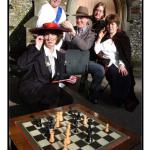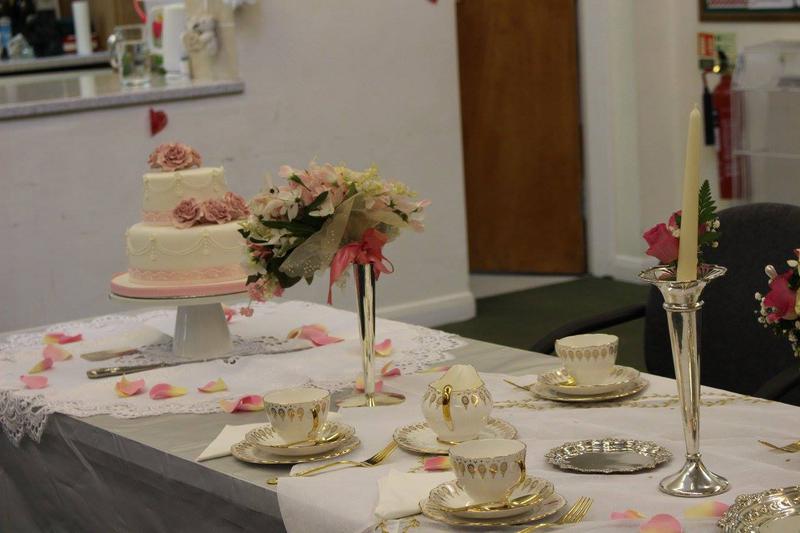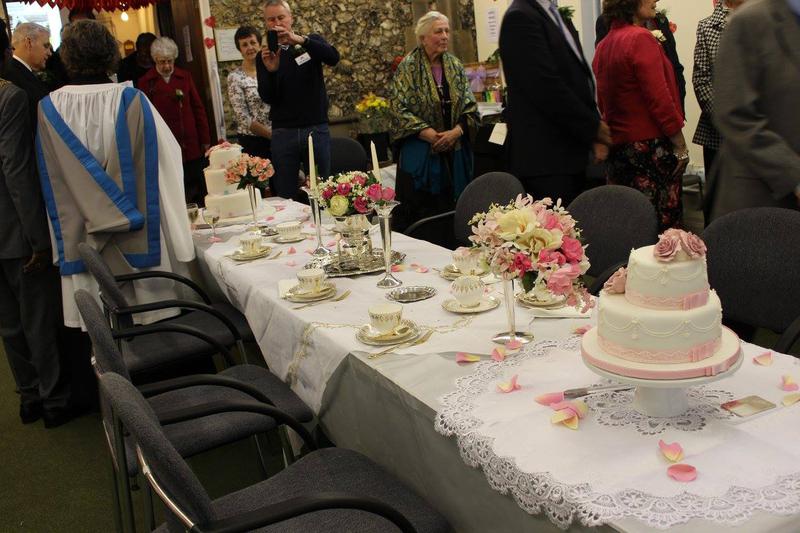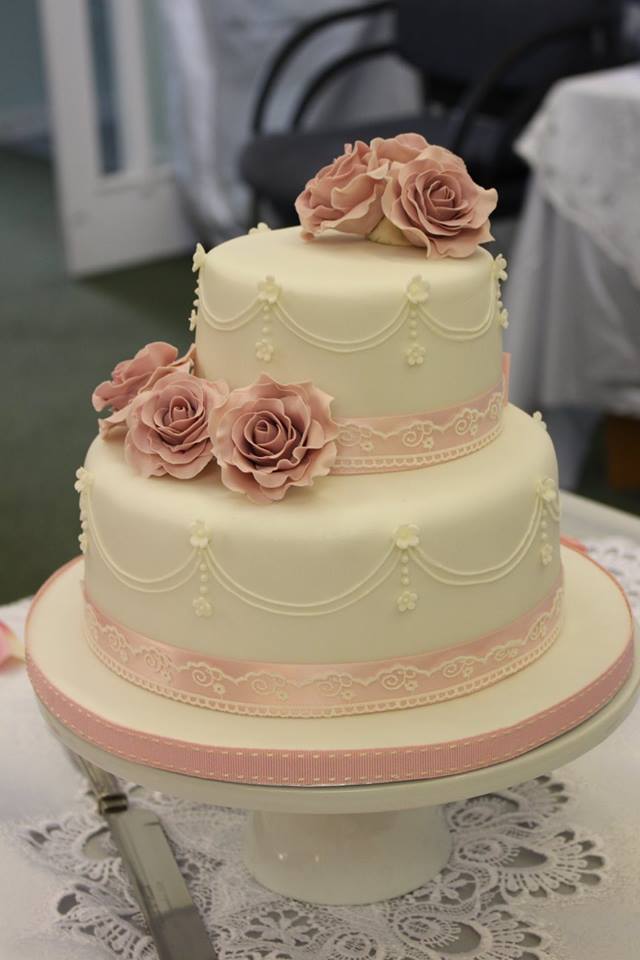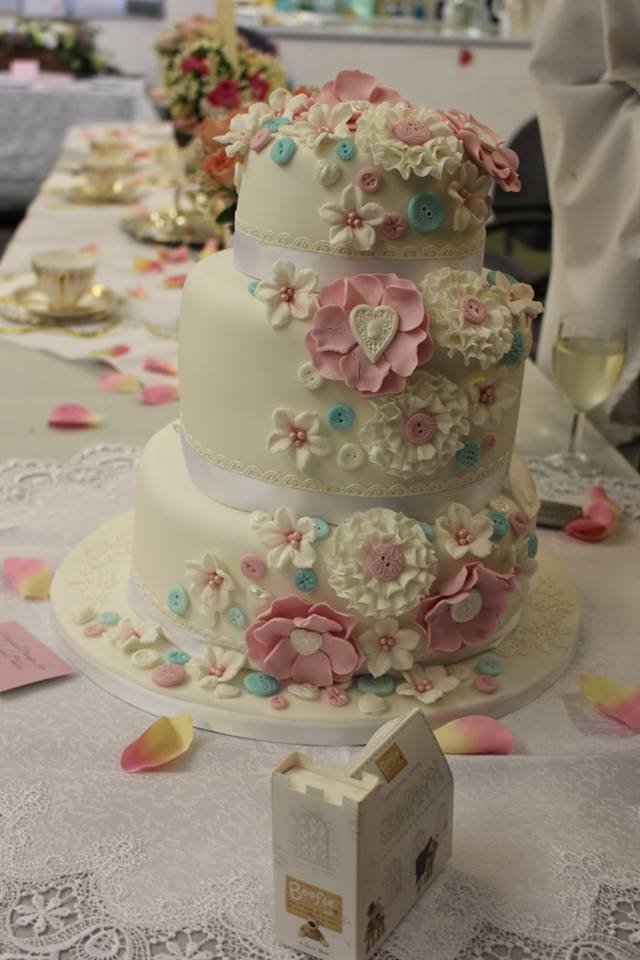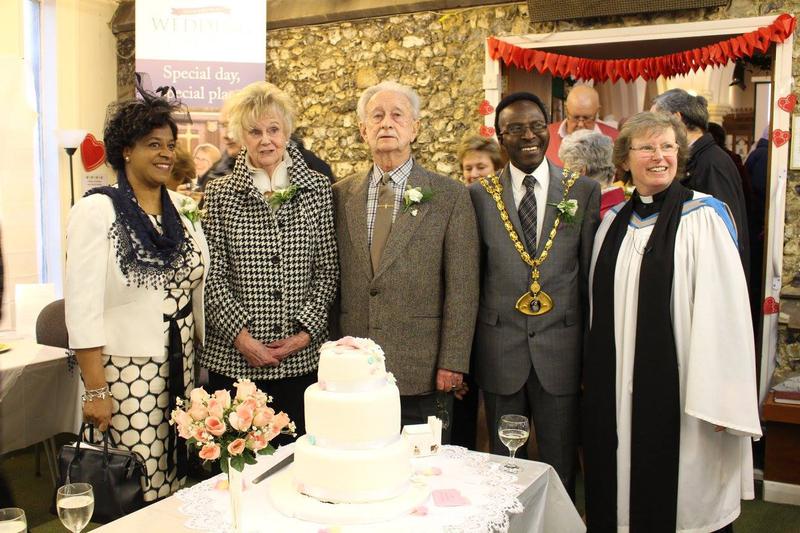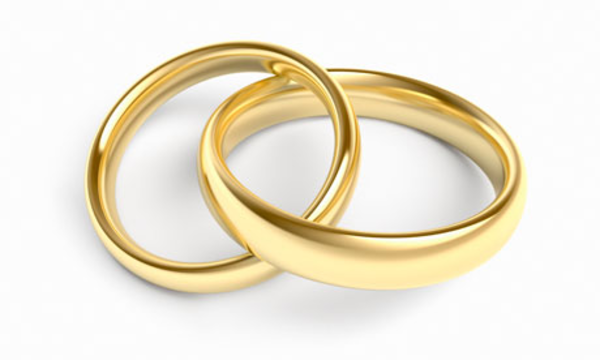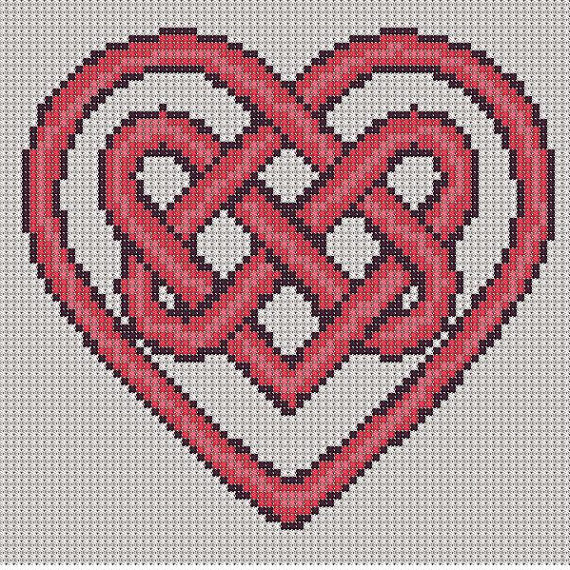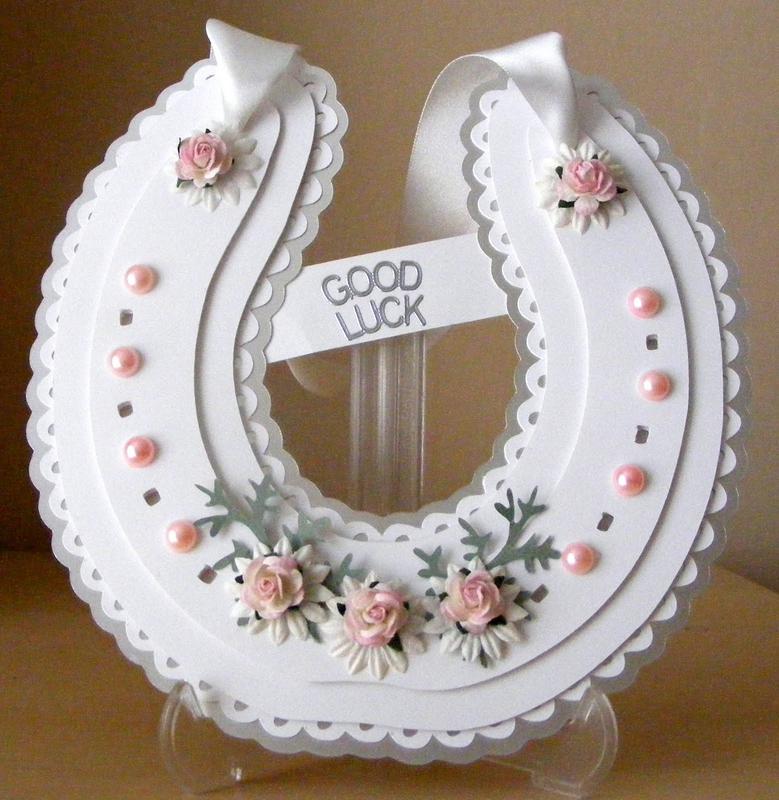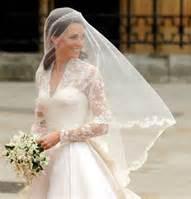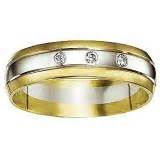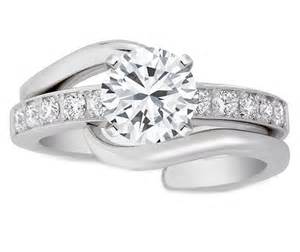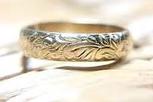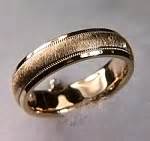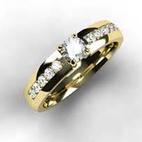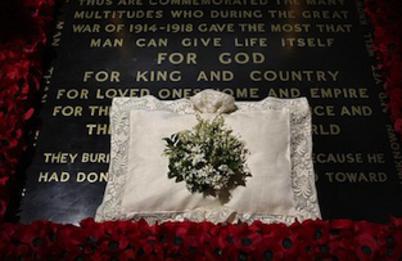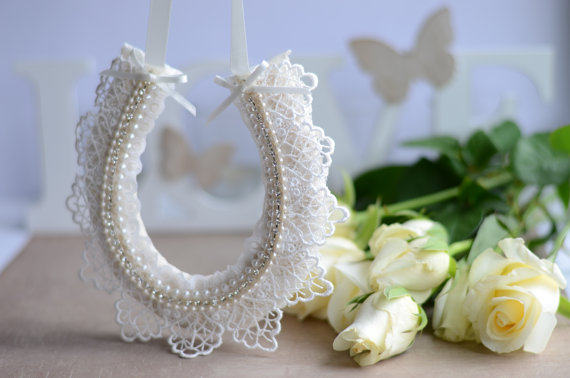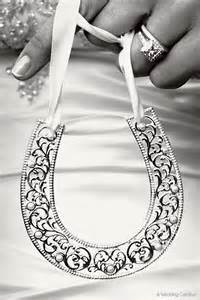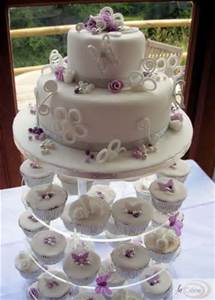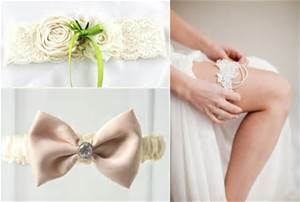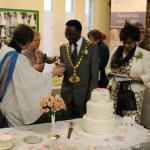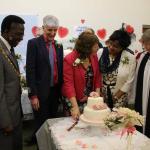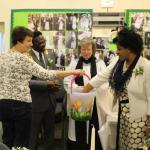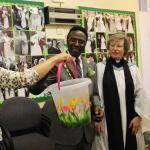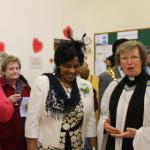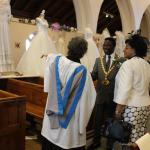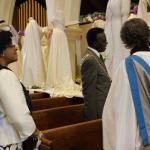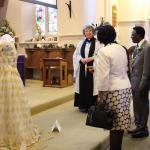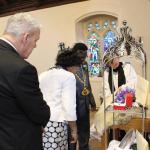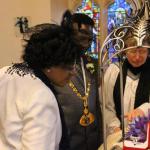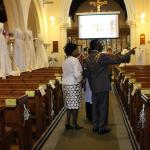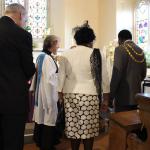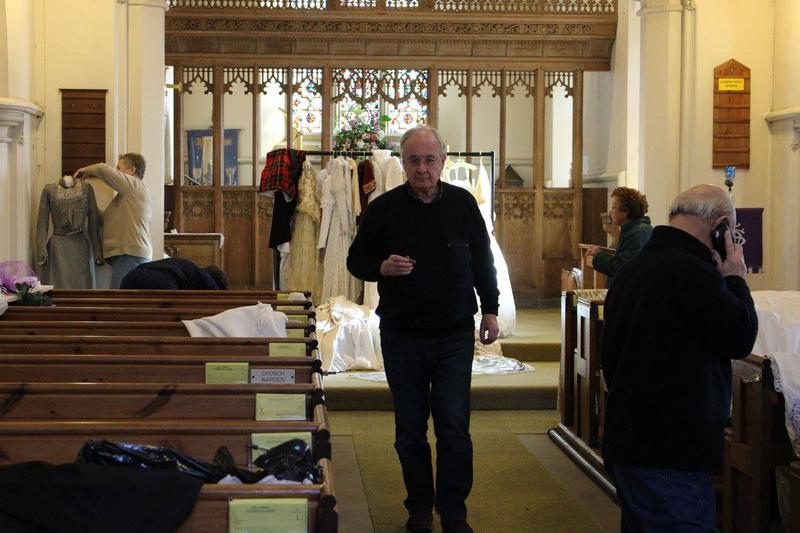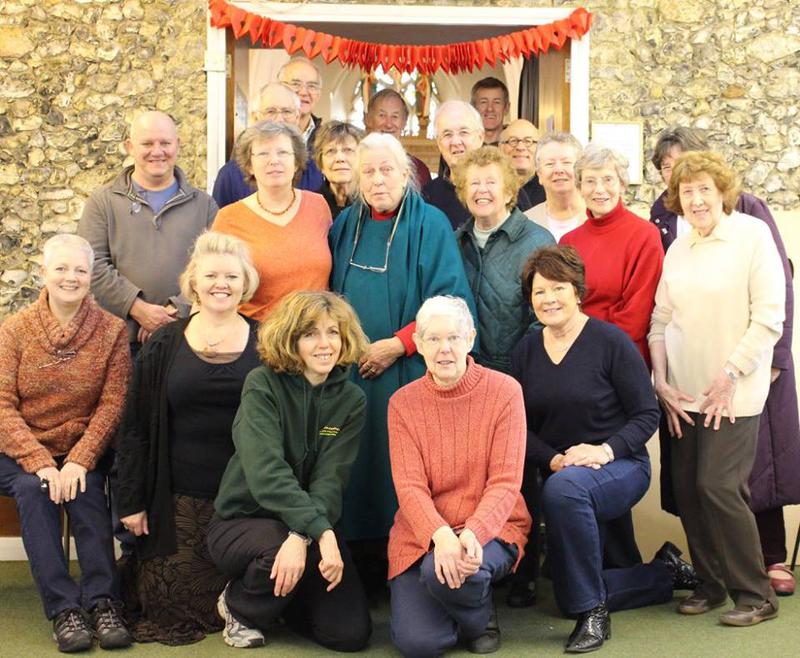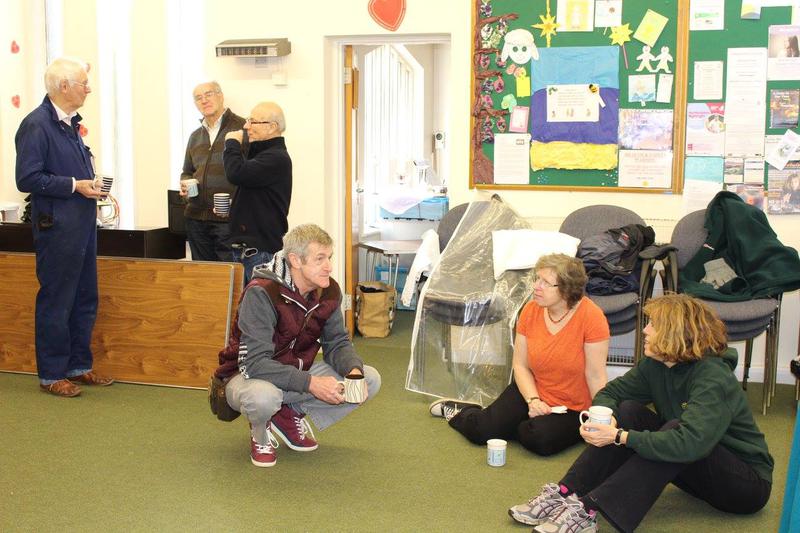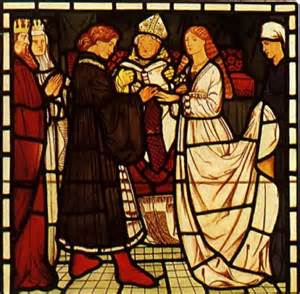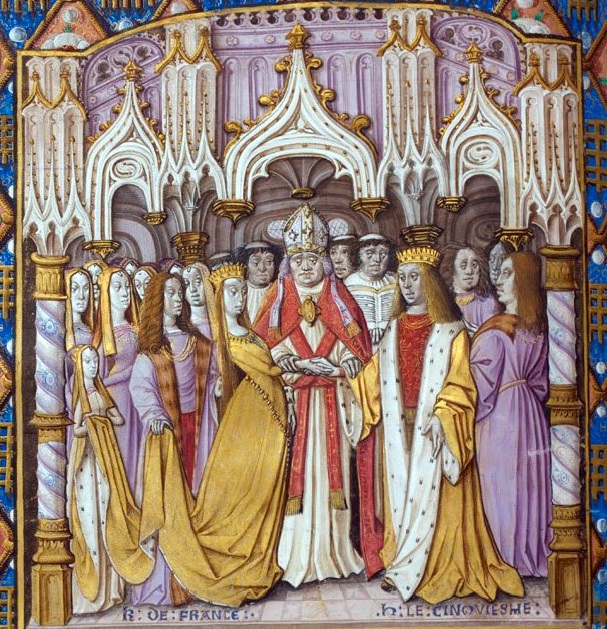THE LEVERSTOCK GREEN CHRONICLE
an in-depth history of one village in Hertfordshire UK.
Click to link to principle LG Chronicle web pages.
This page was last updated: April 15, 2016
Maureen Bellett is well-known to Leverstock Green residents & Holy Trinity's congregation as she has been a very active member of the church and in the community for several decades. She took many leading rolls in LADS (Leverstock Green Amateur Dramatic Society) productions, where not only she did make full use of her considerable acting talents, but frequently advised on the style of costumes to use for each production based on her massive collection of historical fashion garments and accessories.
Also taking advantage of her costume collection as well as her acting talents, Maureen has for several years played the role of Queen Victoria in Hemel Old Town's Annual Victorian Night - a role she played in 1998 when the town celebrated the centenary of the 1898 charter of incorporation granted by Queen Victoria which made Hemel Hempstead a municipal borough.
Barbara Chapman
above from The Gazette, February 10 2016
Text to come soon.....
All photographs by Barbara Le Talec
ABOVE LEFT: Revd Lizzie Hood Welcomes Dacorum's Mayor Gbola Adeleke and his wife.
CENTRE & RIGHT: Gbola Adeleke greets Churchwarden Mike Hawtin prior to the Service of Thanksgiving for Marriage held on Valentine's Day.
Following the service the congregation were invited to join the Vicar, Churchwardens and others in the Trinity Room for Tea, Champagne & Wedding Cake.
SCROLL DOWN BELOWTO VIEW PREVIOUS PAGES & INDIVIDUAL SECTIONS -CLICK TO VIEW. Please view @ 100% to ensure items don't overlap visually.
The couple above with the lady in pink are Ian and Sue House. Married at HT Valentine's Day 1976, so celebrating their Ruby wedding 14.2.16. They now live in Milton Keynes. On the right the lady in black and white coat is Pat Langston and husband Maurice. They were about to celebrate their 60th anniversary at end of Feb, and were the longest married couple in our competition amongst the congregation. The central photos show both couples with the Mayor & Mayoress and Revd Lizzie Hood.
Maureen’s talk covered a number of wedding customs and how they have evolved. This write up, although based on Maureen’s notes, is a brief summary only , with occasional relevant additions of my own. It should also be remembered that different nations and different cultures have different traditions, and in our modern multi-cultural society one can encounter many different traditions.
In recent years for example, the giving of wedding favours (small gifts for all the guests, often of sugared almonds or other “sweets/chocolates) has become almost universal. However, the tradition of distributing wedding favours is a very old one. It is believed that the first wedding favour, common amongst European aristocrats, was a small trinket box made of crystal, porcelain, and/or precious stones. The contents of these precious boxes were generally sugar cubes or delicate confections, which symbolized wealth and royalty as In this era, sugar was very expensive. As the price of sugar decreased throughout the centuries, the tradition of providing gifts to guests reached the general populace and was embraced by couples of modest means.
As sugar became more affordable, bonbonnieres were replaced with almonds. For centuries, almonds were commonly distributed to wedding guests to signify well wishes on the bridegroom’s new life. In the thirteenth century, almonds coated with sugar, known as confetti, were introduced. Confetti soon transformed to sugared almonds, which later evolved into the wedding favour for modern day weddings. It also became traditional to throw confetti over the new bride and groom.
Barbara Chapman
Maureen’s first wedding tradition was ST VALENTINE as the saint symbolizing love and affection, and revived during Victorian times. The tradition of St. Valentine and the giving of flowers and ornate cards on 14 February, based on Roman and early Christian traditions handed down by word of mouth. The name Valentine itself coming from the Norman “Galentine” meaning “Gallant” or “lover”.
The next tradition covered was that of THE LOVE KNOT, which represents the binding of one to another and strengthens love and marriage . At Tudor courts a love knot would be cut from gold fabric and sewn onto a Valentine costume, denoting that the wearers affections were engaged, and in rural area a true lover’s knot or straw token made by a young man would be given to his maid (girl friend). If she pinned it over her breast she had chosen him and she would wear it till their wedding day.
MEDIEVAL WEDDINGS: During Medieval times in Britain,a couple would be married in the church porch before entering the Church for the rest of the service. The young bride would wear her hair loose to signify her virginity. The groom would finally be placed on the third finger of the left hand (after the Holy Trinity and said to be in direct line to the heart) as an intention that the groom would devote his life to his spouse. For More information click HERE.
MARRIAGE: In the 21st century a bride goes willingly to the altar with the man of her choice. Not so in previous centuries amongst rich and aristocratic families when money, not love, was the important factor. The poor had the freedom to marry for love as they generally had nothing to lose.
A bride was expected to bring with her an enormous quantity of linen to last a lifetime, and all the furniture (this being equivalent to a dowry), She would also start making a trousseau from a very early age in preparation and in hope of getting married in the future. This custom lasted to a lesser degree up to the middle of the 20th century.
1882
WOMAN’S RIGHTS: It is worth remembering that until the Married Woman’s Property Act in 1882, a woman had no rights,and what she owned automatically became her husband’s. This is why so many men in the past would see marrying an heiress as a way to repairing or gaining their own fortune!
THE VEIL: The use of a veil goes back to early Greek & Roman times when it would completely envelop the bride as a sign of modesty. Over the years, veils have become shorter, more flimsy & quite decorative. Prince Albert took delight in designing Queen Victoria’s headdress of Orange Blossom for their marriage in 1847. Her veil was of Honiton Lace and arranged at the back of her headdress which fell down to the knees. This became a fashionable trend of the period and continues to this day. The Duchess of Cambridge’s Veil was made from Honiton lace in 2011.
THE RING: Engagement or betrothal rings date back to the Romans where it was probably a pledge that the contract would be fulfilled. In Pliny’s time (1st century AD) the custom was for a simple iron ring, but a gold ring gradually became used during the 2nd century AD. Purely secular in origin it was not until the 11th century that the Church sanctioned the use of betrothal and later wedding rings. In France a priest had to witness the exchange of rings at a betrothal ceremony. (It was then a firm contract that a marriage would take place). Among the peasant classes the ring was changed for a coin which was broken in half, the couple taking one half each.
Old double and treble rings which turn on a pivot seem to be a link with the French betrothal custom. With these rings the two parties would keep the upper and lower rings, and the witness would keep the central ring. When the marriage took place the three pieces would be joined together and used for the ceremony. In more recent times engagement rings have usually included precious stones, especially diamonds, whilst wedding bands were more or less plain gold or platinum. Over the last 20 years or so wedding rings have also tended to have stones set into them, and often the wedding and engagement bands are designed to sit together or interlock - infact gone are the days of a simple gold band, now more or less "anything goes".
Wedding rings are not always worn on the third finger of the left hand, especially on the continent.
THE MYRTLE FLOWER: In ancient times the white Myrtle blooms were associated with the images of Aphrodite and Venus, the Goddesses of Greek & Roman love. Oils from the leaves were used for soothing wounds. In Victorian times they were said to bring luck and fidelity.
Prince Albert’s Grandmother gave Queen Victoria a posy of Myrtle during a visit to Gotha, and Victoria planted the Myrtle at Osborne house on the Isle of Wight. Our Queen (then Princess Elizabeth) carried a sprig of Myrtle from Osborne in her bouquet. The Duchess of Cambridge (Catherine Middleton)’s bouquet, included stems of Myrtle from the bush at Osborne House, together with another sprig from the bush grown from the sprig in the Queen’s bouquet. The bouquet was then laid at the tomb of the Unknown Soldier the day after the wedding.
HOSESHOE SUPERSTITIONS: Horseshoes were considered lucky because they were made by blacksmiths which is also considered a lucky trade because they worked with elemental fire and magical iron! It was believed they could heal the sick and if a cope were married by a blacksmith, their marriage wolud be a happy one. It was said a horseshoe pointing uppermost would bring good luck, pointing downwards luck would run out.
THE WEDDING CAKE: The early wedding cake was made up of small individual oaten cakes piled up in a pyramid shape. The cakes were a symbol of fertility.
Cakes have changed over the centuries, and are still changing today. The white iced tiered fruit cake is said to have originated from Queen Victoria, with most wedding cakes being of two or 3 tiers until the late 20th century.
Our wedding cake (1979 -left) was a traditional 3 tiered fruit cake made for me by a friend. As was traditional at the time, we saved the top tier to use as a Christening cake for our first born. Charlotte White, the friend who made the cake, stripped it and re-iced it for our son Owen’s Christening. Owen’s wedding cake (yellow, right) – also in 3 layers, but this time 1x chocolate, 1x vanilla sponge, 1x fruit to suit everyone’s taste. With cup-cakes being the current mode, they are often piled up in a pyramid, perhaps topped off with a more traditional fruit or sponge cake. Some opt for pyramids of profiteroles, other for more original and very personal designs, usually made from sponge cakes with fondant icing rather than mixed fruit and hard Royal icing. Like wedding rings, wedding cakes can now take any form the bride-and groom decide on, or fashion of the time dictates.
Barbara & Martin Chapman's wedding cake.
Gallery Pictures: Maureen as Queen Victoria, and (right) Maureen in a "Murder at Checkmate Manor" one of the Farndale Avenue series. Maureen played 3 parts, Thelma, Daphne and Rose Bishop in February 2004.
Her most notable part was Madam Arcarti in Blythe Spirit, she even had her own crystal ball
TRADITION OF THE WEDDING GARTER: The wedding garter is considered to be the oldest surviving wedding tradition and became a game. The bridal party would toss the garter at the Groom’s nose; the person who landed the garter on the groom’s nose would be the next to marry. This custom became rowdier and bawdier until guests would try and grab the bride’s garter for good luck.
Throwing the garter at the groom is what remains of the custom. In the North of England the old custom was for male g to rush the bride at the altar after the ceremony and remove the garter from her leg. In the rush and panic the bride was often knocked down and trampled on! It therefore became more prudent for the bride to detach the garter to avoid injury. Several other traditions involving removing the garter also developed, but these had all but disappeared by the twentieth century, though some grooms remove their bride’s garter (if she is wearing one) and toss it to the groomsmen at the reception.
Owen & Rachael Chapman's multi-flavoured 3-tier cake made by his cousin Emma Van Huysse.
SOMETHING OLD, SOMETHING NEW.SOMETHING BORROWED, SOMETHING BLUE.
This tradition comes from an Old English rhyme ("Something Olde, Something New, Something Borrowed, Something Blue, A Sixpence in your Shoe"), and the four objects that the bride adds to her wedding outfit or carries with her on the big day are just good luck charms. The tradition is now less popular than it was.
BELOW: A gallery of photographs by Barbara Le Tallec from the Trinity Room. Click on the far left image to open the viewing screen.
BELOW: A gallery of photographs by Barbara Le Tallec depicting the Revd Lizzie Hood showing the Mayor & his wife the exhibition in church. Click on the far left image to open the viewing screen.
My Personal Thanks
Putting together the three webpages on the Wedding Festival has taken very many hours, and I have received a lot of help with photographs, information etc. from a number of people. In particular I would like to thank Beverley Burgess, Revd Lizzie Hood, and Mike Hawtin for information and encouragement; Barbara Le Tallec for the bulk of the photographs and Mike Hawtin for the Slide Show and my old friend Revd Judith Oliver for filling a gap in my memory! I also have to thank Maureen Bellett for spending an afternoon with me to make sure I had the correct information and for copies of her notes. I could not have recorded it all without everyone above and my husband Martin's help. However, if there are any errors they are mine, and please do contact me so I may put the record straight.
Barbara Chapman
Monday morning, and time to take it all to bits. Many people contributed to the success of the Festival - those above are just some of those who helped, and helped to dismantle everything and clear it away. From back to front a (wiggly) row at a time are:
Malcolm Lindsey, John Ayling, Richard Farmer
John Warden, Jean Britt, John May, Mike Hawtin, Pauline Lindsey
Peter Le Tallec, Revd Lizzie Hood, Maureen Bellett, Pamela Sanvoisin, Jean Ayles, Barbara Batten
Barbara Le Tallec, Lee-Ann Visagee, Lisa Farmer, Sue Bourne, Pamela Batten, Mary Evans

Record your comments above about the Wedding festival
MORE RE MEDIEVAL WEDDINGS; The Priest would first place the wedding ring on top of her left hand thumb to indicate the representation of God. It was then moved to the index finger to indicate Jesus Christ the Mediator and then to the middle finger symbolizing the Holy Spirit. Finally it would be placed on teh third finger of the left hand as an intention that the groom would devote his life to his spouse, after the Holy Spirit, his wife being represented by the third finger of the left hand, said to be in direct line to the heart.





